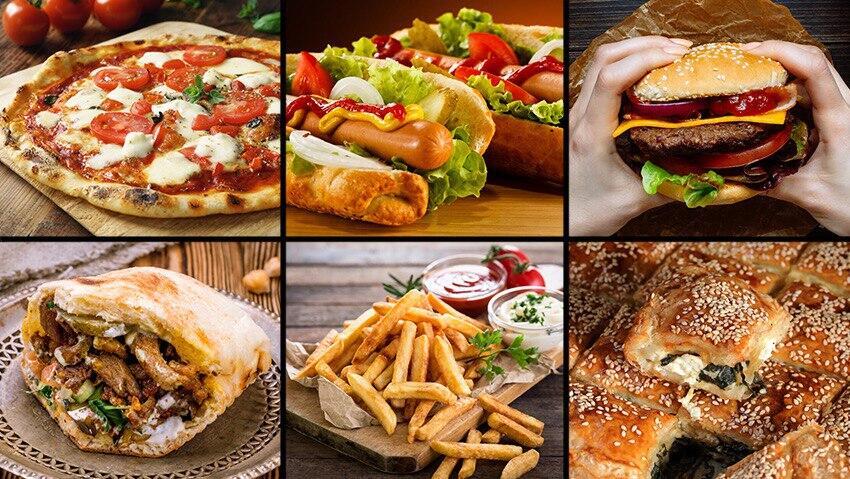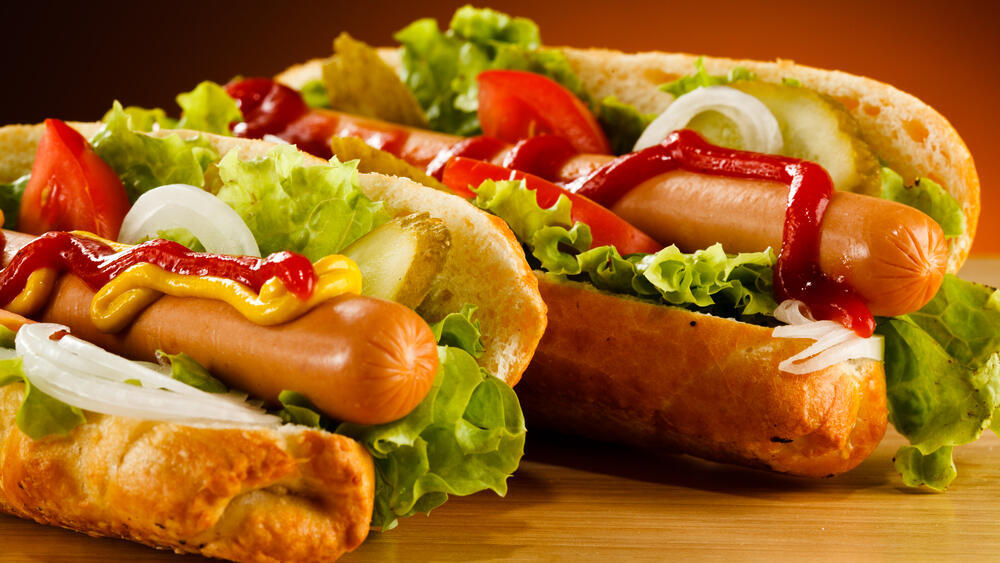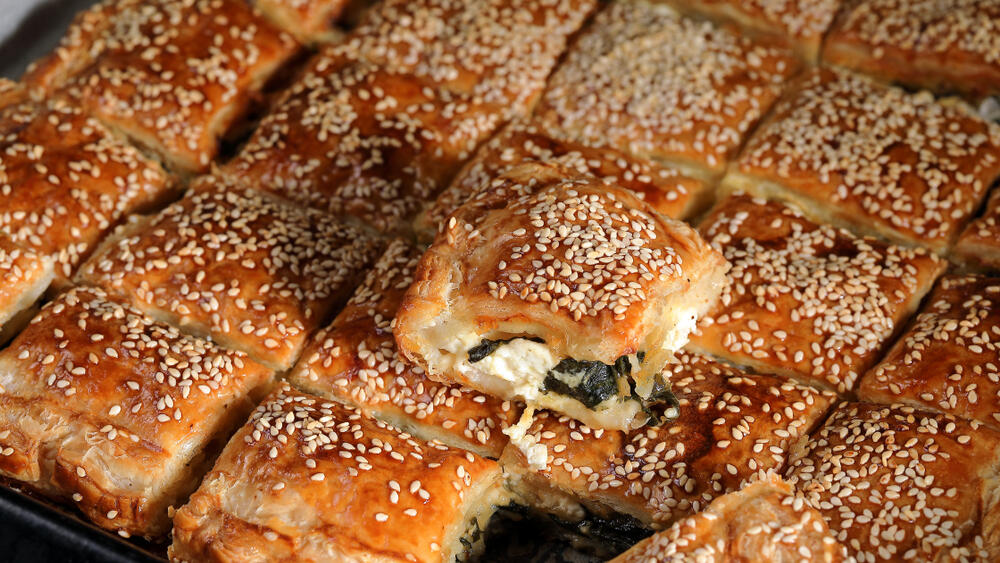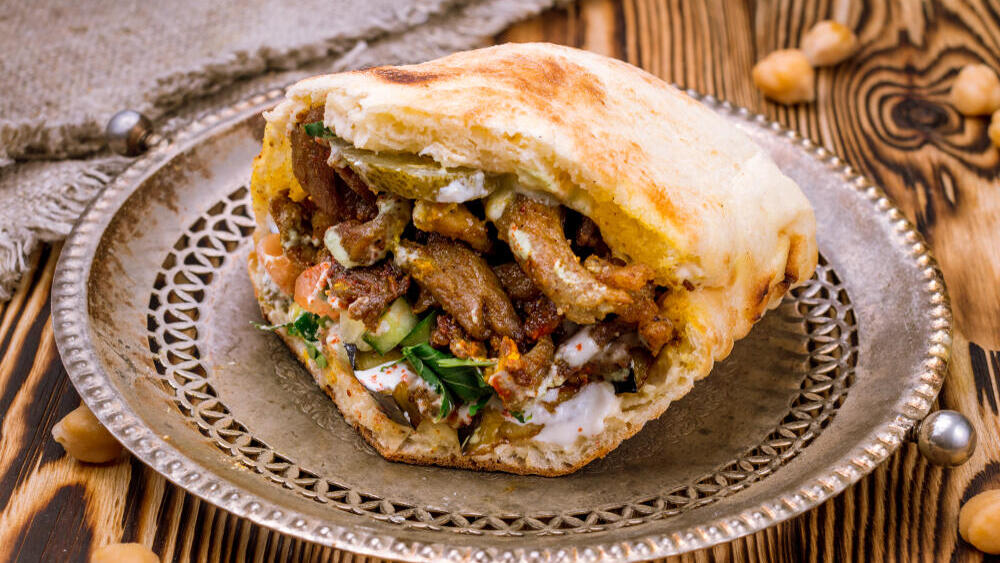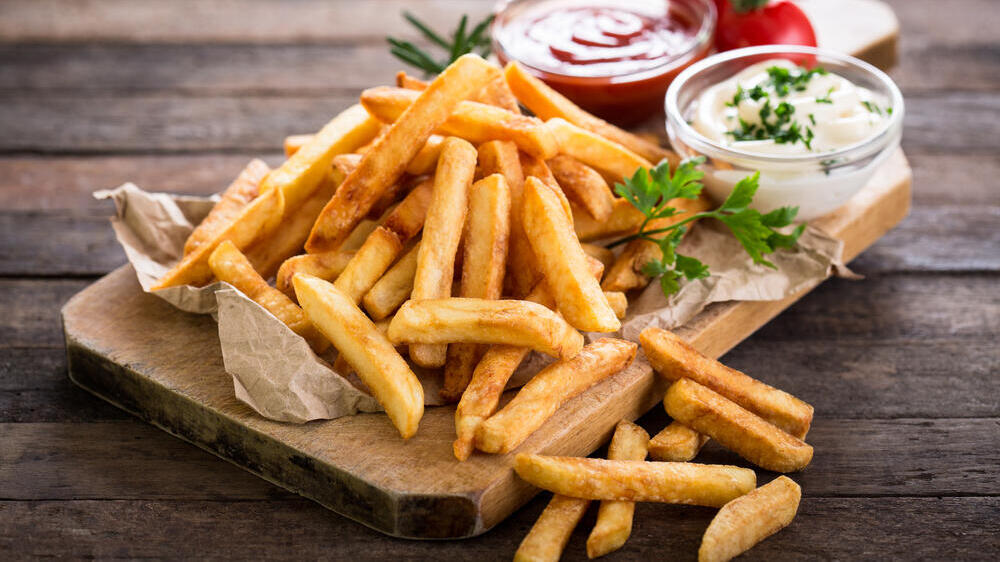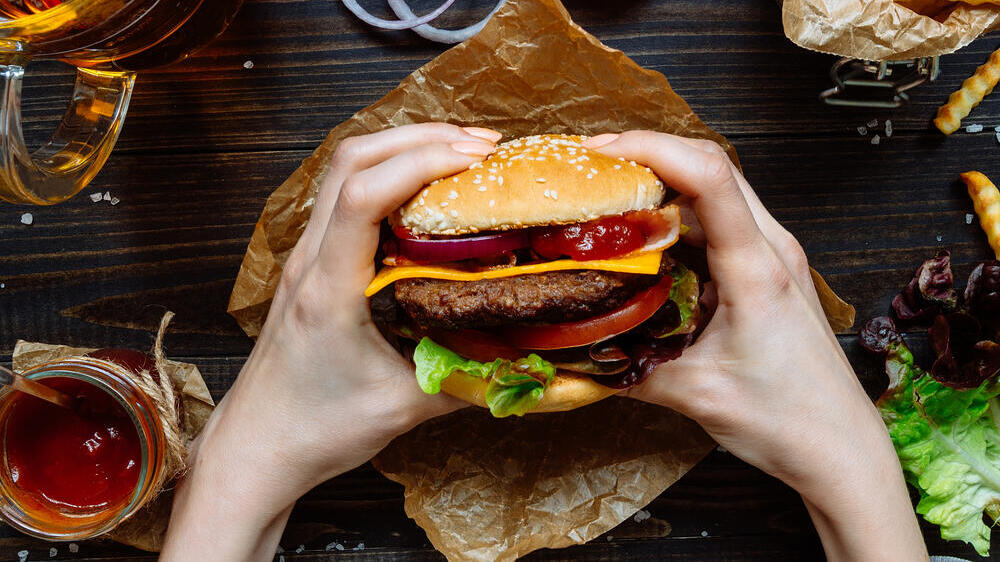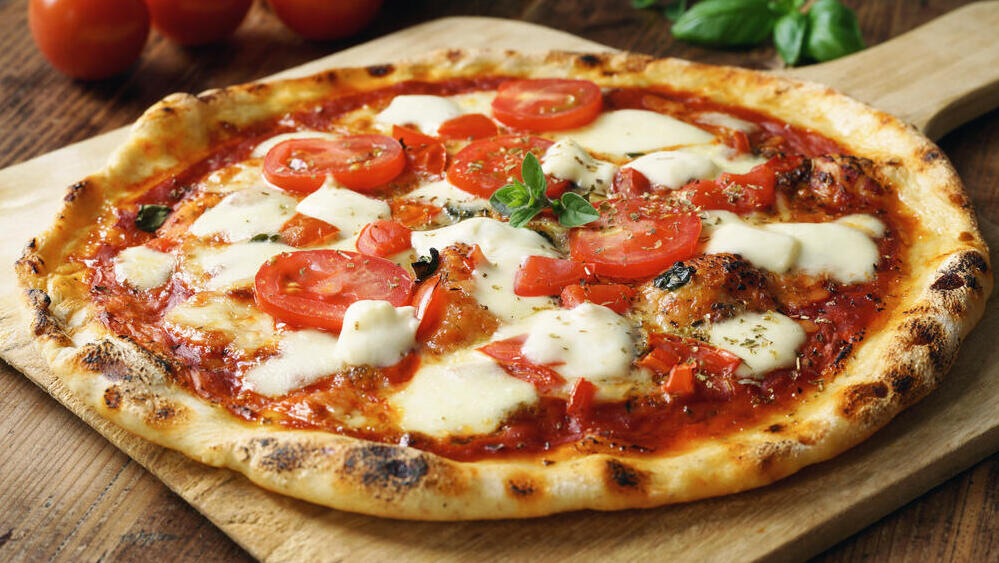Summer break is in full swing, the summer camps have ended, and the kids are at home. Sometimes, we don't have the energy to cook, and occasionally we want to treat ourselves and our children by eating out at fast food stalls. But what's really in those meals? Junk food, as the name suggests, is quick, cheap, and readily available food that often contains high amounts of fat, salt, and sugar.
Within the wide variety of junk food, some are more harmful to your health than others. Here's how to choose, from the most harmful to the least:
Hot dog in a bun: Taking the top spot for the most harmful food is the hot dog in a bun. It offers no nutritional value, is high in saturated fat and preservatives that harm our health, and has a high caloric value of about 400 calories per serving. It's made from processed meat, including the fatty and low-quality parts left over from the meat, which are mixed with more fat, making the mixture a festival of harmful fats. Additionally, the accompanying condiments like ketchup and mayonnaise, which contain high amounts of sugar, and the white flour bun, considered an empty carbohydrate, make this dish low in nutritional value and harmful to health.
Healthy alternative: Opt for a high-quality protein dish like chicken breast or even schnitzel, along with whole grain bread and vegetables that provide dietary fiber, vitamins, minerals, and phytochemicals that protect us from diseases.
Burekas: Burekas are considered one of the unhealthiest foods, earning the second spot in harmfulness. They are made from dough rich in fat with no nutritional value and have low protein and dietary fiber content.
A small burekas can contain about 150 calories per unit, making a whole, filling meal potentially hundreds of calories. Filling them with cheese, spinach, or mushrooms can slightly increase their nutritional value, especially when combined with a vegetable salad and an egg, making a more nutritious meal with protein and dietary fiber. It's important to remember that burekas is among the unhealthiest foods, rich in saturated fat, harmful to our health, and low in nutritional value.
Healthy alternative: Consider making burekas with phyllo dough, which contains no fat, rice paper, tortillas, or homemade whole grain dough with minimal oil and water, reducing the fat content of the dish.
Shawarma in a pita: Shawarma is widely available, made from turkey, chicken, veal, or even goose. While meat is a good source of protein with high nutritional value, the shawarma skewer often has layers of fat and saturated fat, which are linked to an increased risk of heart disease, making shawarma a high-fat, unhealthy choice, placing it third on the list.
Additionally, shawarma is usually served with pita, hummus, and tahini, raising the caloric value to about 600 calories per serving. The rotating shawarma skewer is exposed to high temperatures for long periods, creating harmful substances that can increase cancer risk.
Healthy alternative: Prefer chicken breast or skewers, served with whole wheat pita or spelt pita and a vegetable salad.
French fries: This crispy, fried, salty dish is high in carbohydrates and fat, making it a popular but unhealthy choice, earning the fourth spot on the list. A small serving of fries contains about 250 calories, and a medium serving about 400 calories.
In fast-food stalls, frying oils are often not replaced frequently, and the same oil is used for multiple frying cycles over several days. This practice causes the oil to contain free radicals that pose health risks. If you still want fries, opt for sweet potato fries, which have higher dietary fiber content and help maintain lower blood sugar levels after eating. The orange color of sweet potatoes indicates they are rich in beta-carotene, which the body converts to vitamin A, essential for vision.
Healthy alternative: Try baked fries instead of fried ones to reduce daily caloric intake and potential health risks.
Hamburger: The classic and beloved dish, typically served in a bun made of white flour and a patty made from processed meat, takes the fifth and second to last spot on the list of harmful foods. An average hamburger contains about 500 calories, not including the fries and drink that come with it, adding many more calories and fat.
Along with the burger patty and bun, the meal often includes high-calorie sauces with significant sugar content. If the burger patty is made from unprocessed, fresh cuts of meat, it will be less harmful.
Healthy alternative: Consider making a veggie burger from lentils or mushrooms, which provide nutritious ingredients.
Pizza: Pizza is the least harmful and most recommended among junk foods. It contains carbohydrates, protein, and calcium, and the tomato sauce is enriched with lycopene, an antioxidant. A slice of pizza has about 300 calories, and you can add toppings like olives, onions, tomatoes, and mushrooms without significantly increasing its caloric value.
Healthy alternative: Eat pizza with a fresh vegetable salad for a rich and balanced meal. You can also make homemade pizza with whole grain flour and add low-fat cheese, between 9% and 15% fat, to maintain the caloric values and increase the nutritional content.
- The writer is a clinical dietitian at Maccabi Healthcare Services, Southern District


